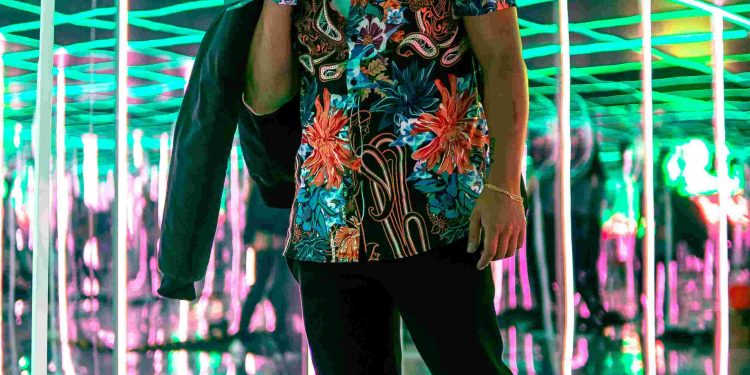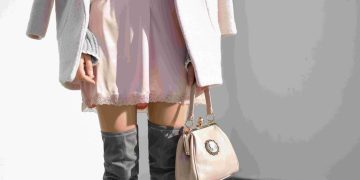Easy Styling Tips for Beginners
Style isn’t just what we wear; it’s the silent ambassador of our personality, confidence, and creativity. For someone stepping into the massive domain of fashion, understanding how to convey individuality through clothing can be intimidating. But here’s the stunning truth: perfecting your style isn’t about following trends—it’s about breaking free from them.
Take my own journey as an example. Growing up, I felt overwhelmed by the glossy catalogs and seasonal collections that seemed to dictate what every wardrobe should contain. My early attempts to ‘fit in’ left me feeling like I was borrowing someone else’s identity. One day, I asked myself an uncomfortable question: Who am I dressing for? That moment of introspection became a turning point, shifting my mindset from conformity to authenticity. Interestingly, this journey mirrors broader societal trends. Increasingly, people are moving away from blind consumerism toward mindful self-expression.
Why Conventional Wisdom Fails Us
Standard advice for beginners often revolves around rigid formulas: buy neutrals, invest in basics, or follow celebrity styles. While they may be helpful starting points, they strip individuality from the equation. Why echo someone else’s look when you can craft your own unique narrative through clothing? Challenging the norm demands courage but is infinitely more rewarding.
Psychology teaches us that style is an extension of identity. According to Dr. Jennifer Baumgartner, author of ‘You Are What You Wear,’ clothing choices provide insights into deeply ingrained habits and beliefs. By experimenting, beginners can uncover not only what suits them visually but also what resonates emotionally.
Crossing Domains: What Fashion Can Learn from Technology
Interestingly, the evolution of personal style parallels advancements in technology. Just as algorithms tailor experiences to individual preferences, we should approach our wardrobe as a customizable interface. Think of each outfit as a prototype—test new combinations, analyze the outcomes, and iterate for better results. Embracing technology’s iterative model can inspire creativity and encourage continual learning in fashion choices.

Predicting Future Trends in Personal Style
Looking ahead, the rise of sustainable fashion and AI-powered recommendation tools suggests a shift toward a more intentional approach to styling. In the future, augmented reality mirrors might allow users to ‘try before they buy,’ making experimentation more accessible than ever. Social platforms are forecasted to transition from broad trends to niche micro-communities, enabling individuals to craft truly unique aesthetics.
Tips to Build Your Unique Style
-
Start Small:
Begin with one unique item—a bold scarf, unusual earrings, or a standout blazer. Build your outfit around it. -
Learn Your Colors:
Understand which hues complement your skin tone to create instant harmony and vibrancy. -
Mix and Match:
Combine elements that traditionally don’t align. Pair casual sneakers with a formal dress or denim jackets with flowing skirts. -
Accessorize:
Accessories are the punctuation marks of your outfit. Hats, bracelets, and bags can transform an ordinary look into a statement. -
Ask Yourself ‘Why?’:
Reflect on your choices. Why does a particular outfit appeal to you? What mood does it evoke?
Imagining New Paths Forward
Finally, continuous self-education remains the cornerstone of creating personal style. Read about fashion history, visit local boutiques, explore unconventional art forms, and don’t shy away from inspiration that lies outside the fashion world. Every book, conversation, and adventure carries the potential of refreshing your perspective.
Your wardrobe is your canvas; style, your paintbrush. By committing to authenticity, challenging traditional norms, and imbibing inspiration from diverse fields, you’ll not only dress better but express yourself more genuinely. Remember that every masterpiece begins with a single stroke—pick yours wisely and begin today.








